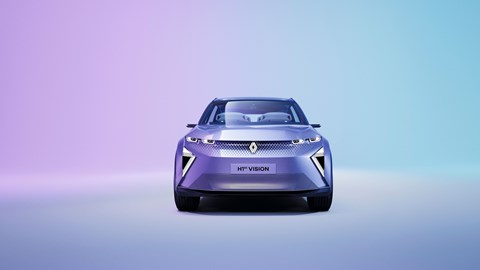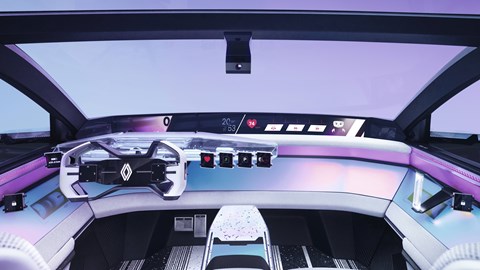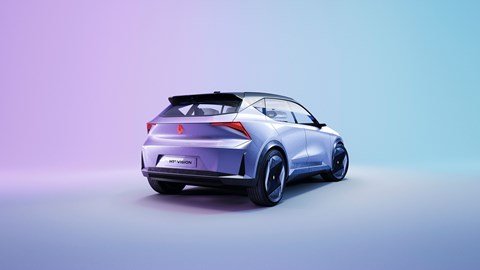► From French tech consortium Software République
► Contains biometric tech and other key advancements
► Based on Renault Scenic Vision concept
This is the new H1st vision, a new concept car featuring input from France’s largest technology companies. Designed to be part-catalyst, part case-study, it packs in a range of new features that’ll exist in a connected world. As for the name, H1st stands for human first, as that’s the key idea behind all the technology involved.

Wait, who made this?
The H1st vision is the work of Software République, a consortium that includes Atos, Dassault Systèmes, Orange, Renault Group, STMicroelectronics and Thales. It’s little wonder, then, that the car relies heavily on a robust data network, and also looks a lot like the previously revealed Scenic Vision concept.
The company’s roadmap is essentially a deliberate acceleration of connected services: Software République aims to launch 10 services and productis, and incubate more than 50 startups by 2025. This will be a global project, and exist in 50 ‘geographies.’
So what’s in the car?
All the technology in the car is designed with humans in mind: facial recognition enables someone to get in the car and turn it on, while a Jean-Michel Jarre-designed sound system envelopes each passenger in bespoke audio. The latter will also enable occupants to have private but hands-free phone conversations – a bit like the privacy screens in ATMs, but with audio rather than light.

There’s also a smart parking system that uses a robust in-car payment system – again enabled with biometric technology.
Biometric technology is key to the H1st, as is user health monitoring: sensors are able to track vital statistics of the occupants and will automatically satellite call for help in the event of an emergency. Thanks to the linked-up nature of the H1st, the in-car sound system will also alert drivers to approaching emergency vehicles.

Tracking usage
In addition to its passengers, the H1st will monitor its own health. Key vitals such as battery usage and charge cycles will be stored internally, and the H1st will be able to generate a thorough ‘health certificate’ that logs the usage of all components upon request.
As you’d expect, sustainability and energy management is also key to the H1st. More efficient silicon carbide is used in critical power systems, while V2G tech means the H1st can act as part of a domestic energy management solution.
Keep reading about autonomous technology here.